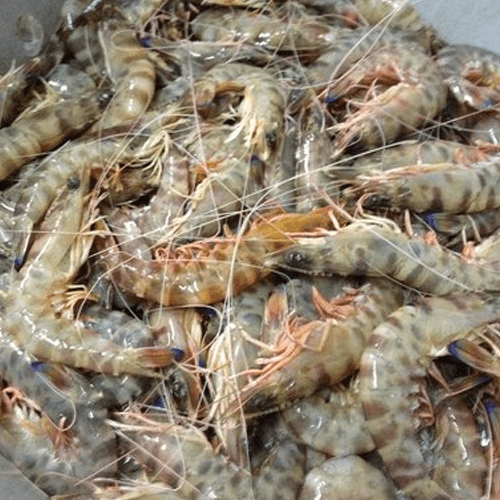Description
Shrimp are swimming crustaceans with long narrow muscular abdomens and long antennae. Unlike crabs and lobsters, shrimp have well developed pleopods (swimmerets) and slender walking legs; they are more adapted for swimming than walking. Historically, it was the distinction between walking and swimming that formed the primary taxonomic division into the former suborders Natantia and Reptantia. Members of the Natantia (shrimp in the broader sense) were adapted for swimming while the Reptantia (crabs, lobsters, etc.) were adapted for crawling or walking. Some other groups also have common names that include the word “shrimp”; any small swimming crustacean resembling a shrimp tends to be called one.
Shrimp are marketed and commercialized with several issues in mind. Most shrimp are sold frozen and marketed based on their categorization of presentation, grading, colour, and uniformity. Shrimp have high levels of omega-3 fatty acids and low levels of mercury. Usually shrimp is sold whole, though sometimes only the meat of shrimp is marketed.
As with other seafood, shrimp is high in calcium, iodine and protein but low in food energy. A shrimp-based meal is also a significant source of cholesterol, from 122 mg to 251 mg per 100 g of shrimp, depending on the method of preparation. Shrimp consumption, however, is considered healthy for the circulatory system because the lack of significant levels of saturated fat in shrimp means that the high cholesterol content in shrimp actually improves the ratio of LDL to HDL cholesterol and lowers triglycerides.



Reviews
There are no reviews yet.